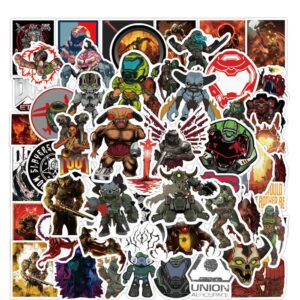Being such a fanatic of the first two Dead Space series entries, I couldn’t wait to get my hands on the 3rd entry. More of a good thing is always excellent. Although when leading up to Dead Space 3, there was cause for concern, not only on how quickly it came out after the 2nd game was released but also because it was supposedly built with co-op in mind.
Dead Space 2 was released on January 25, 2011, and did what you’d want in a sequel. It didn’t shake up the formula too much, and it made the good things about the first video game a little better. Dead Space 3 was launched just two years later February 5, 2013. This means that the first time I played Dead Space 3 was on February 5, 2013, on the day of its release.
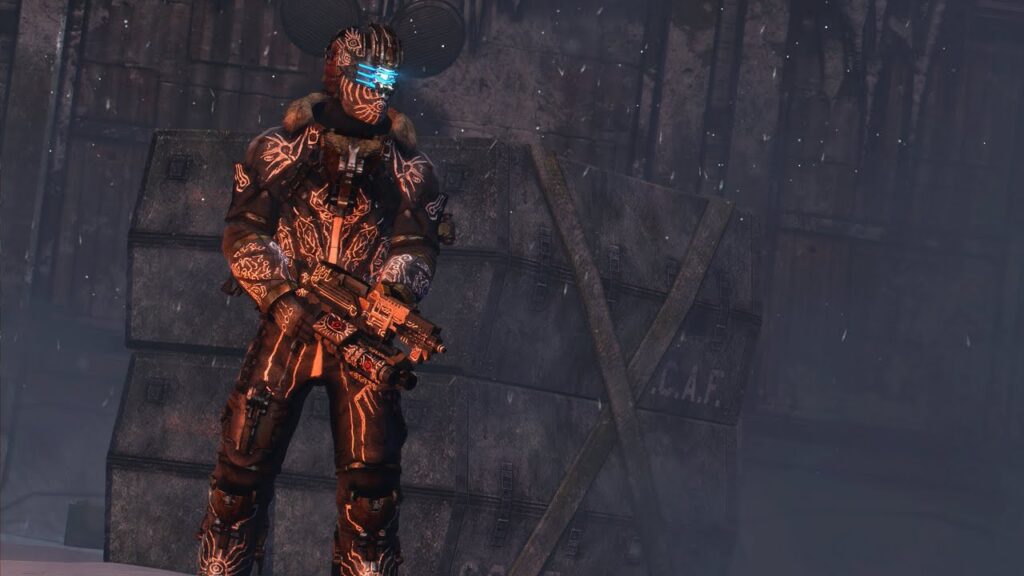
Regretfully, this was also the last day that I played it. It wasn’t the Dead Space I was expecting.
However, being almost a decade removed from that experience, and with the current announcement from EA about the revival of Dead Space, I was curious to see if Dead Space 3 is as bad as I remember.
There could be numerous reasons for not liking the 3rd entry in the series consisting of internal and external forces. Who understands what was happening in my life at that time. Or perhaps with the first two video games being as excellent as they were, the expectations were so big and might have led to a disappointment that the game didn’t deserve. I wanted to revisit this video game and see if maybe I was too tough on it in 2013.
The Flavor of the Week
If the first fifteen minutes are anything to go by, then, nope, I was right, and this video game is bad. I can find a litany of things wrong with the video game in the first couple of minutes, including the frustrating recap, the poor voice acting, and, primarily how it doesn’t seem like Dead Space at all. It seems like Gears of War combined with Uncharted-style set pieces.
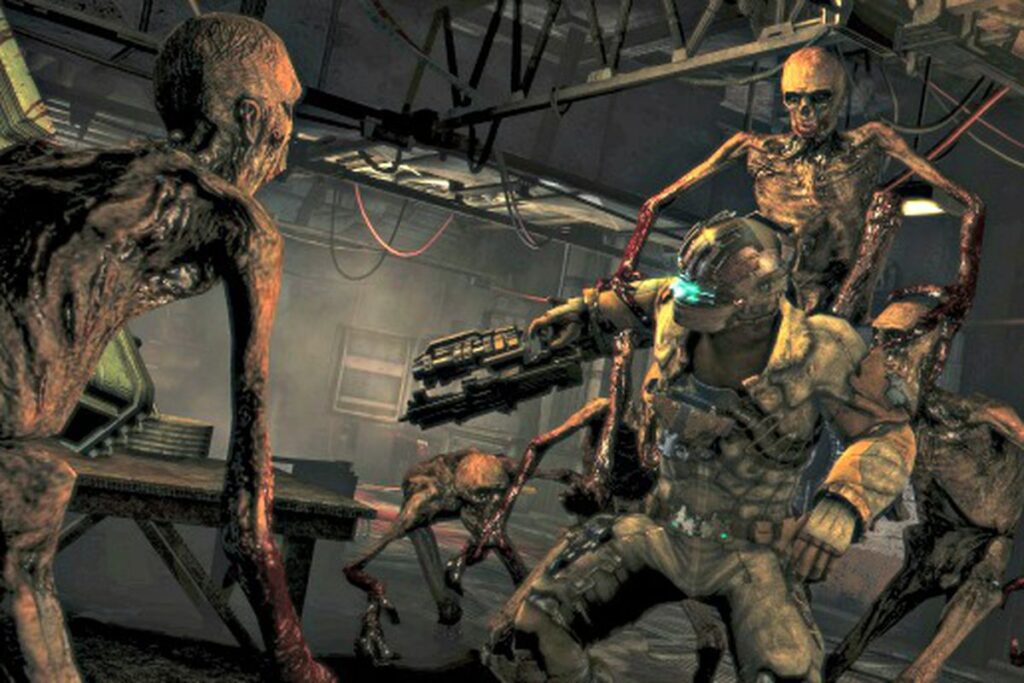

The first set piece that happens when a spaceship you are aboard starts falling off the side of a snowy mountain feels similar to the opening train scene from Uncharted 2: Among Thieves, released four years ago.
Dead Space 3 seems like Gears of War combined with Uncharted-style set pieces.
It’s clear that EA saw the successful franchises like Uncharted and Gears were having and weren’t pleased with the specific niche level of success that Dead Space and Dead Space 2 saw. It’s crazy how much Visceral attempted to turn this franchise into a Gears of War clone. They should have actually called it Gears of Space, from the cover system to the Gatling gun, to all new enemies, huge enemies that would not look out of place during a locust invasion.
If this video game is set centuries into the future, why is the main protagonist required to take off his space helmet in the middle of a horrendous blizzard to talk with someone else on the radio? Or how about that, given that the wind is so strong, the character does that slow walk that was popular in numerous video games around the 2010s?
Probably the worst offender of all in the very first fifteen minutes is when I go to pull the trigger for the very first time anticipating the plasma cutter. Instead, I am greeted with a submachine gun, which could not be farther from the core Dead Space tenets.


A glaring issue with attempting to be a cover shooter in the period of cover shooters is that there are currently others doing this better, including Gears of War which, by the time Dead Space 3 came out, had already released three of the best cover shooters of all time.
This is likewise the case with Uncharted, which had already released three titles by 2011.
In Dead Space, their concept of a cover shooter is to find cover simply by using the crouch button behind waist-high walls. There is no lock-to-cover system or slide-along cover like there remained in those other two terrific series. They did have something called “Smart Cover,” where your character would bend a bit when near to a wall; however it didn’t work the method you would want it to.
Isaac can now roll to avert attacks, removing much of the tension. It seems clear that Visceral wasn’t wholly committed to its vision to move away from tank controls. They still don’t let the character jump, which ultimately breaks their desire to offer the character more freedom. It appears that Visceral desired the scary to come from the aspects and setting instead of keeping with a form of tank controls which essentially ratchets up the stress.
The tank formula was working, given that survival scary games ended up being mainstream. Poor controls and cameras most likely weren’t part of the design viewpoint when they made video games like Resident Evil; however, designers rapidly noted that limiting the gamers’ management added another layer of stress and anxiety that would stack on top of the outstanding game style. It’s easy to see that things are often best left the same in hindsight.
The story, for example, didn’t feel rich and climatic.
Dead Space 3 didn’t just have one small problem. It was across the board. The story, for example, didn’t feel rich and climatic. Instead, it was loaded with cliche action set pieces that felt like a Van Damme or Segal film that goes straight to video or stream in the contemporary age. Complete with a hard-as-nails sidekick who goes by the name of Carver. He hates everything and won’t let anyone close to him. Carver is trying to find vengeance for the man who eliminated his family, much like every late 80’s action film, and Isaac Clarke is looking for his ex, who went missing.
On the surface, Dead Space 3 follows the same story formula as the first two entries in the series with red markers, black markers, some civilization wishing to harness its powers, and Isaac right in the middle attempting to fix the whole problem for everybody.
Even more minor story issues are glaring early on, with continuity issues. During one early cut scene, Isaac gets shot in the stomach multiple times, and it appears he is holding on for life. Cutscene ends, and Dead Space 3 would like you to continue to the next checkpoint like it never took place.
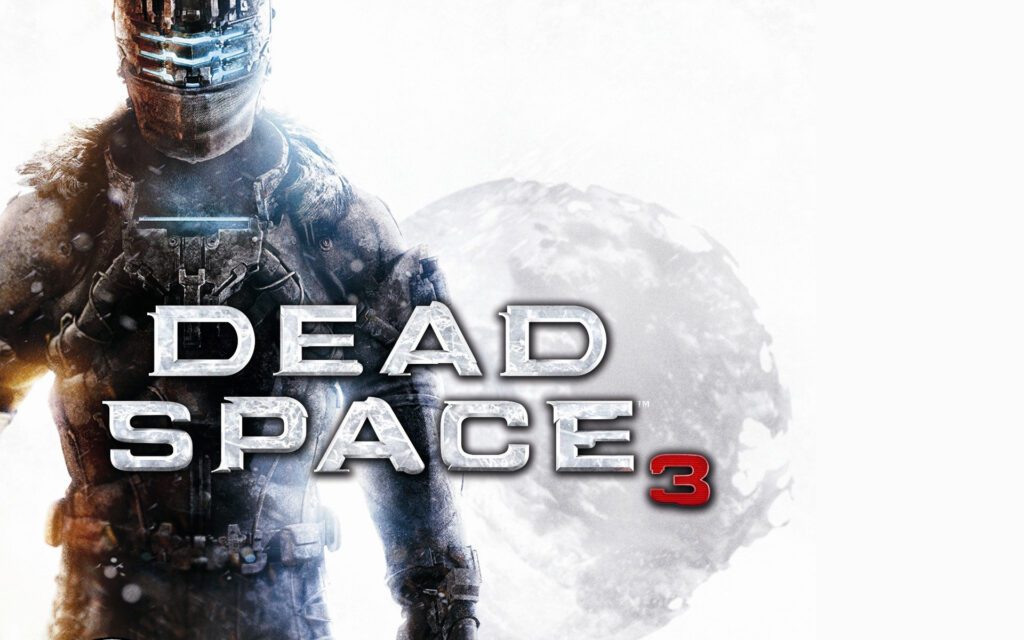

An exceptional survival scary game develops stress and worry by drip-feeding ammunition and health. In the first 30 minutes of the video game, my stock levels were maxed out with health packages and ammo. Not precisely the type of thing that instills worry when necromorphs surprise you.
One big area that Dead Space 3 doubled down on is the inclusion of double-quick time events or QTEs. Likewise included would be QTE nearby minutes in the game where it’s not necessarily a button prompt but sliding down the side of an ice mountain dodging huge portions or blasting through space in your match while attempting to avoid explosion debris.
Dead Space 3 is a game of its era, with cover shooting mechanics, hard and psychological lead characters, and action set pieces. This video game was developed to not stand up to the test of time. When you attempt to choose the flavor of the week, it will get lost in the sands of time.
Passionless
It could be a little sacrilegious to state this; however, maybe EA wasn’t wrong when they shut down Visceral Games. Looking at their portfolio, even dating back to 1998 when the studio was known as EA Redwood Shores, they stopped working to deliver consistent, high-quality video games outside of the Dead Area series. Truthfully, beyond Dead Area and Dead Space 2, there are a lot of bad games on the list. That 2/40 of video games are good, which is unacceptable. You might even argue that if Visceral was not part of EA, they would not have made it through as long as they did without EA.
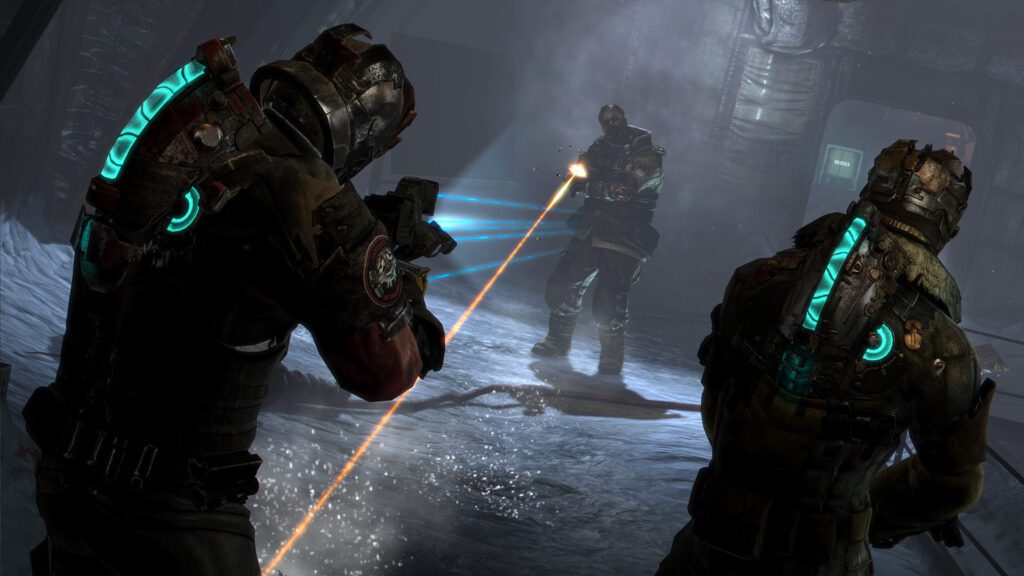

When running as Visceral video games, their higher profile titles outside of the first two Dead Space games included Army of Two: The Devils Cartel, which has a 55% average, Dante’s Inferno, which is around a 70, Battleground Hardline, around 70%, that is brought up when speaking about the worst entries in the long-running series, and of course Dead Space 3, which in some way managed a 79%. Although more importantly, it was the game that ended a fantastic series.
Dead Space 3 feels like it is being made by a studio that does not wish to make the series anymore. It does not have initial ideas, and more significantly, it feels like it lacks enthusiasm. The developer of Dead Space, Glen Schofield, left in 2009 during the development of Dead Area 2 to form Sledgehammer Games, which Activision eventually acquired. It was likely that Schofield had begun with Dead Space 2 and that the Visceral team could continue and carry out the vision.
By the time Dead Space 3 started development, Schofield likely had many others with Visceral, given that the beginning of Dead Space had moved on to brand-new jobs and studios.
Here’s the thing, Dead Space 3 is very much a Dead Space game with dismemberment, necromorphs, and a lot of puzzles to fix involving tension and kinesis. The issue is that those features alone aren’t what makes an excellent horror video game because it’s a lot more about environment and tone, whereas Dead Space 3 went awry.


If this was the first entry in the Dead Space series, it likely wouldn’t have been maligned by fans and caused the series to enter into a deep cryogenic freeze. It would not have actually been a series that would have continued, but it would have been a forgettable experience of its era instead of continuously being dredged up as one of the worst sequels in a franchise.
The issue is that we reside in a universe where Dead Area and Dead Space 2 exist, and the entry of Dead Space 3 feels comparable to Resident Evil going off the rails with RE5 and RE6. That, too, needed a series reboot despite business success because the sustainability wasn’t there.
We have now seen EA realize what Capcom understood after the release of RE6. If you are eagerly anticipating the reboot of Dead Space then Dead Space 3 isn’t worth playing; rather, you ought to go back to Dead Space 1 to see what started everything.











